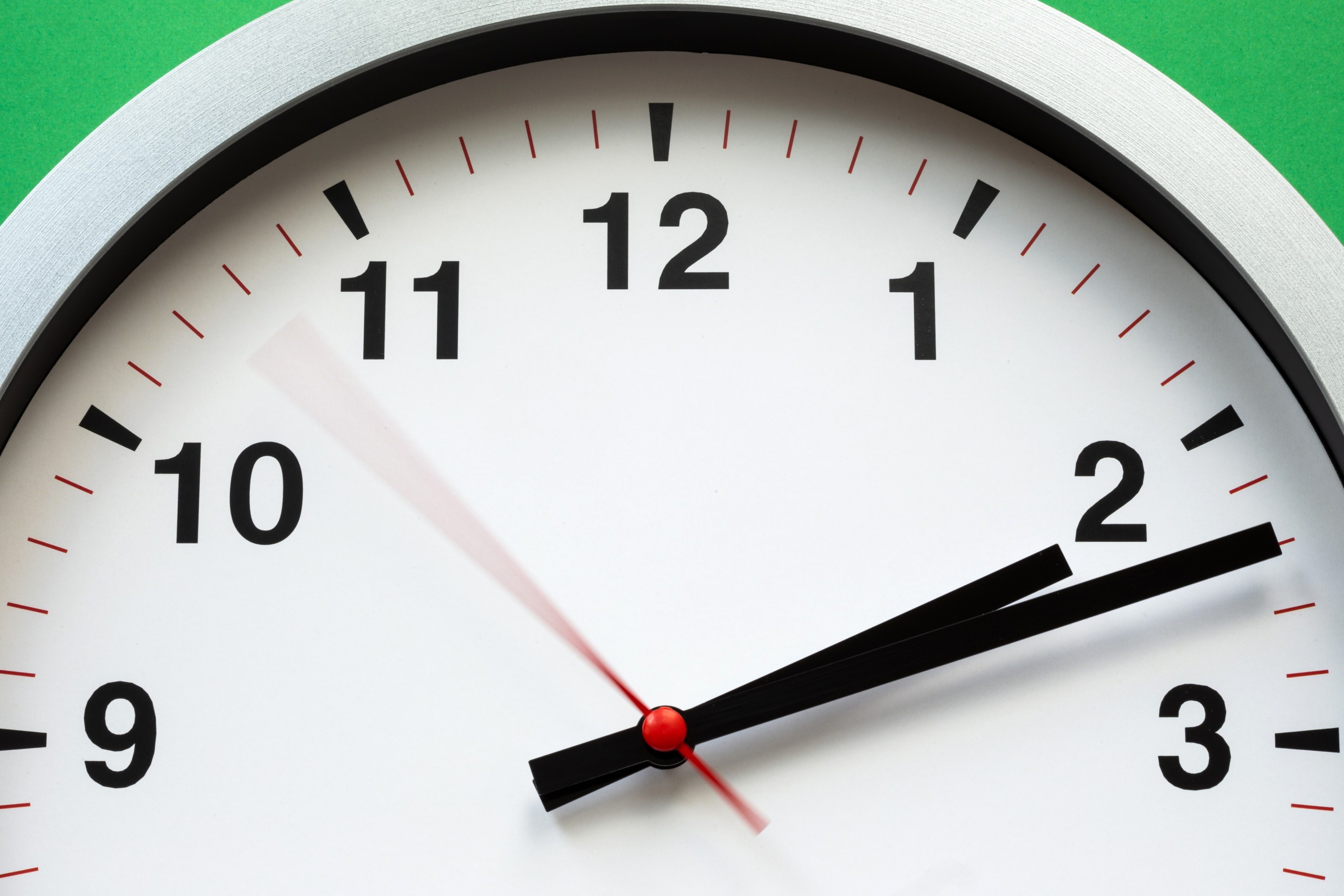In last week’s Medical Minute, Dr. Anderson described the symptoms and disease process of osteoarthritis. Several interventions were mentioned to alleviate the pain and debility associated with osteoarthritis, including physical activity. Unfortunately, the pain associated with osteoarthritis often leads to inactivity, which in turn leads to decreased joint range of motion, muscle weakness and declining cardiovascular function. This in turn leads to even less physical activity due to increased joint pain, fear of falling, and shortness of breath with activity. This downward spiraling can be reversed by increasing physical activity. When increasing physical activity, it is recommended to include stretching, strengthening and aerobic conditioning. Start where you are at with smaller goals and work up to where you want to be with larger goals. If you are unsure where to start, try a Fit and Strong or Walk with Ease Class. Both are available at no cost through a partnership between Faulkton Area Medical Center and South Dakota State University Extension and were designed to increase physical activity for people with lower extremity osteoarthritis. Increasing physical activity has other health benefits as well. Physical activity can reduce your risk of Type 2 diabetes, coronary heart disease, reduce risk for falls and maintain independence with activities of daily living. Physical activity reduces anxiety, fosters normal growth and development, improves overall health, and leads to better sleep. In addition, all ages can benefit from increased physical activity. If physical activity were a pill, we would all want to take it. So, lace up your shoes, grab a friend (or two), enjoy the summer weather and head outside for a walk. As a reminder, it is recommended that adults get at least 150 minutes of moderate-intensity physical activity each week. Children and adolescents should be active for at least 30 minutes every day.
Jean Mitchell, OT

